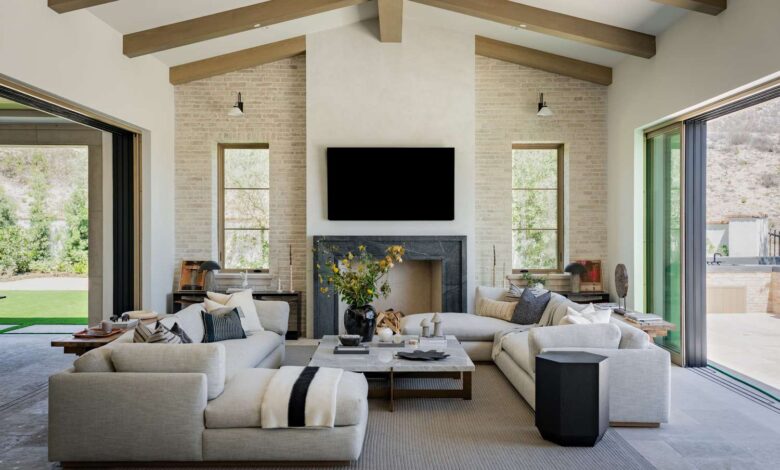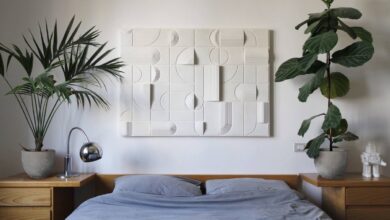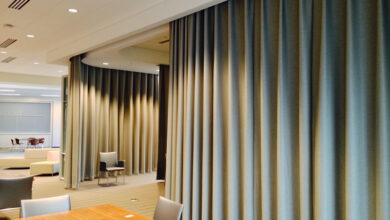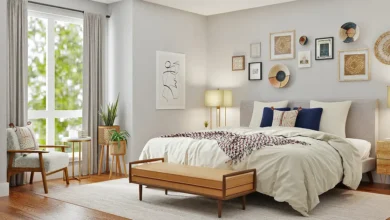Lounge Size: A Guide to Choosing the Perfect Lounge Size

Lounge Size: A Guide to Choosing the Perfect Lounge Size
When designing or redesigning a front room, choosing the right size is critical for creating a space that is purposeful and aesthetically alluring. A nicely sized lounge now not simplest complements comfort but also contributes to the overall ambiance of a home. This complete guide will assist you navigate the factors to consider, the stairs to take, and a way to find the right front room length for your needs.
1. Understanding Lounge Space Requirements
1.1. Functionality
The number one characteristic of a front room is to function as a space for rest and socialization. Consider how you plan to use the distance. Will it be common for exciting visitors, casual circle of relatives gatherings, or a quiet retreat? Your solution will have an impact on the size and layout.
1.2. Furniture
Think approximately the fixtures you intend to consist of: sofas, armchairs, coffee tables, and leisure gadgets. Larger furniture portions require more area, so expertise in their dimensions is prime.
1.3. Traffic Flow
A well-sized lounge has to allow for clean visitors to waft. Ensure there may be sufficient area for people to move around without feeling cramped. A snug distance among furnishings portions complements each functionality and luxury.
2. Measuring Your Lounge Space
2.1. Accurate Measurements
Start by using measuring the scale of your room. Use a tape degree to record the period and width. For accuracy, degree at unique factors, as rooms can from time to time have abnormal shapes.
2.2. Consider Ceiling Height
The ceiling top influences the perception of the area. Higher ceilings could make a room feel more spacious, whilst lower ceilings would possibly make it sense cozier. Factor this into your layout picks, including selecting furniture that complements the room’s proportions.
2.3. Doorways and Windows
Account for the locations of doorways and home windows. They affect the way you set up furniture and may affect the waft of the space. Ensure that furniture placement doesn’t hinder natural mild or access.
3. Determining Lounge Size
3.1. Small Lounges
For small lounges (below 150 square toes), recognition on maximizing space. Opt for compact furnishings and multifunctional portions. Light colors and mirrors also can make the gap seem larger. Consider an integrated garage to reduce litter.
3.2. Medium Lounges
Medium lounges (150-300 square toes) offer greater flexibility. You can contain large furnishings and create wonderful areas for one-of-a-kind activities, together with a reading nook or a small eating place. Balance the gap with correctly sized furnishings and ornamental factors.
3.3. Large Lounges
In big lounges (over three hundred square feet), you have the liberty to experiment with unique layouts and design factors. Consider creating separate zones, inclusive of a verbal exchange location, a media location, and a workspace. Ensure that the fixture arrangement continues a cohesive look and doesn’t weigh down the gap.
4. Design Considerations
4.1. Layout and Flow
The layout ought to facilitate smooth motion and interplay. Common preparations consist of:
Symmetrical Layout: Place equal pieces on both sides of a principal factor, developing stability.
Asymmetrical Layout: Use distinctive-sized furniture portions to create a visual hobby while maintaining stability.
Open Layout: Keep furnishings preparations free to promote a sense of openness.
4.2. Proportions
Ensure that furniture and decor items are proportionate to the dimensions of the front room. Oversized fixtures in a small room can experience oppressive, even as too-small fixtures in a big room can appear lost. Use visible stability to achieve harmony.
4.3. Color and Lighting
Colors and lighting can dramatically affect the perception of space. Light colors and strategic lighting fixtures could make a room experience greater spacious and airy. Conversely, darker colors and softer lights can create a comfy, intimate environment.
4.4. Storage Solutions
Incorporate garage solutions that mix with the living room’s design. Built-in cabinets, cabinets, and fashionable garage baskets can assist hold the gap prepared without taking over an excessive amount of room.
5. Practical Tips
5.1. Use a Floor Plan
Creating a ground plan or the use of layout software can assist in visualizing one-of-a-kind layouts and fixture arrangements. This allows you to experiment with numerous configurations before making decisions.
5.2. Test Furniture
If feasible, use fixtures templates or United States of America to test how portions in shaped within the space. This will let you gauge proportions and make certain the entirety suits effortlessly.
5.3. Consider Traffic Patterns
Think approximately how people will pass through the front room. Ensure that there are clear pathways and that the association of furniture doesn’t create barriers or disrupt the drift.
5.4. Seek Professional Advice
If you’re unsure approximately sizing or format, consulting with an interior fashion designer can provide precious insights. Professionals can offer tailor-made answers and help optimize the distance consistent with your possibilities and desires.
6. Examples of Lounge Sizes and Layouts
6.1. Small Lounge Example
Room Size: a hundred and twenty rectangular feet
Furniture: Compact couch, two armchairs, small coffee table
Layout: Place the couch in opposition to the longest wall, with armchairs flanking the espresso table in front. Keep pathways clean and use a multi-useful coffee table with storage.
6.2. Medium Lounge Example
Room Size: 2 hundred square feet
Furniture: Standard-sized sofa, aspect chairs, a coffee desk, and a small media unit
Layout: Arrange the couch as a focus, with the chairs on either side and the media unit in opposition to the alternative wall. Use rugs and lighting fixtures to outline special zones.
6.3. Large Lounge Example
Room Size: 350 square toes
Furniture: Large sectional sofa, a couple of armchairs, coffee desk, amusement unit, and a studying nook with a bookshelf
Layout: Create wonderful areas: a communication area with the sectional and chairs, a media place with the enjoyment unit, and a cozy analyzing nook in a corner. Ensure that every vicinity is proportionate to the space and lets in for cushy motion.
7. Conclusion
Choosing the precise lounge size includes a balance of capability, aesthetics, and private desire. By appropriately measuring your area, thinking about your needs, and experimenting with extraordinary layouts, you may create a lounge that is both cushy and fashionable. Remember, the aim is to lay out a space that suits your lifestyle at the same time as improving the overall atmosphere of your private home.



